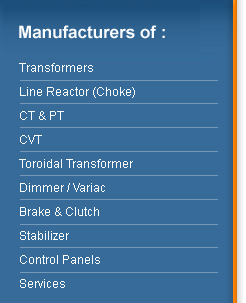Application of buck-boost transformers
When supply voltage is constantly too high or too low, the equipment fails to operate at maximum efficiency. Anytime you have a lower than standard voltage, equipment damage or failure can result. Efficient operation of electrical equipment requires that line voltage be at or near the nameplate rating of the equipment. In order to match line voltage with equipment voltage, buck-boost transformers provide the most convenient and least expensive method. Do not use buck-boost transformers to solve a fluctuating voltage problem.


